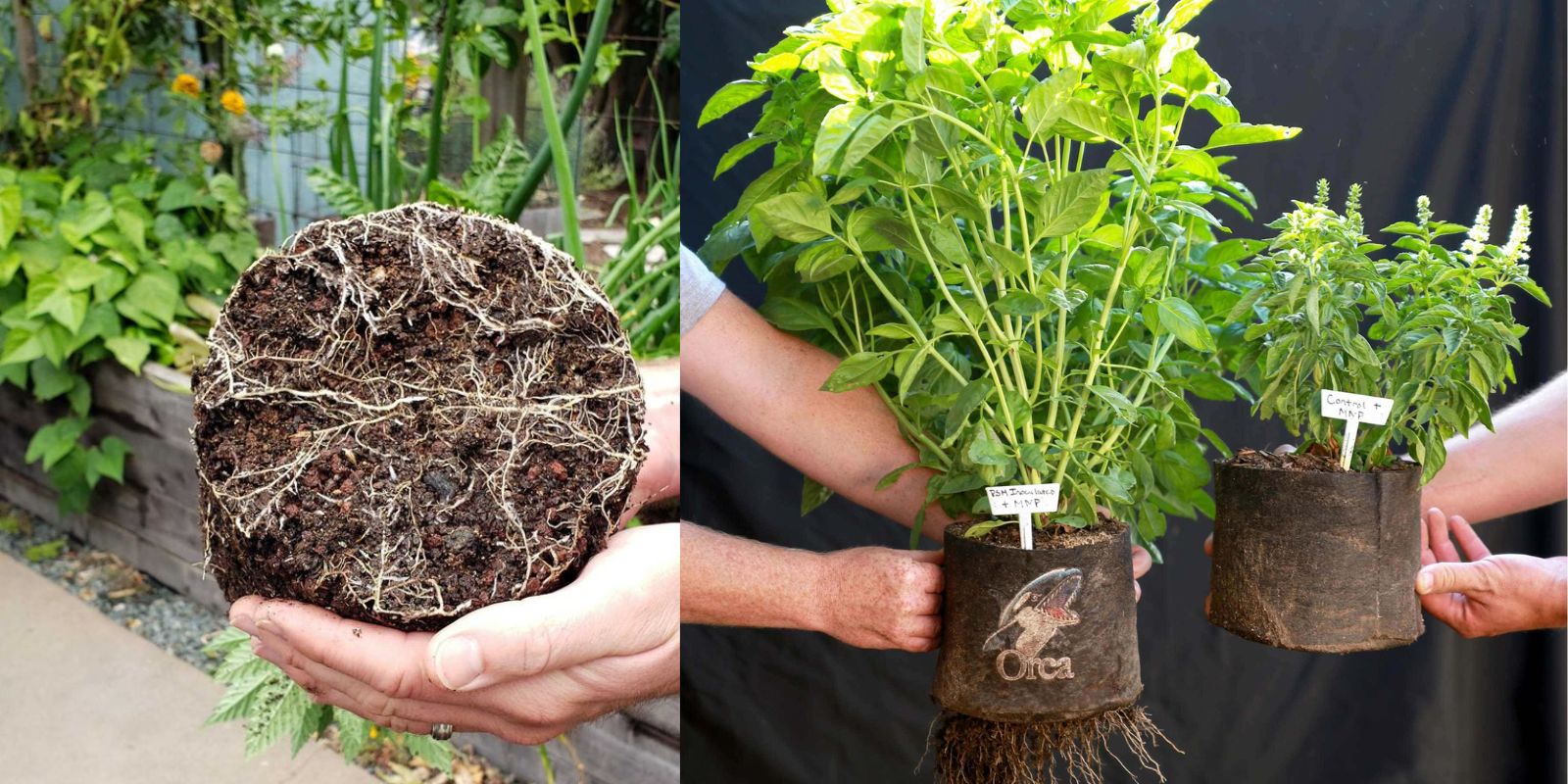Introduction
Gardening is not just about plants, soil, and water—it’s about cultivating a thriving ecosystem. One of the most powerful allies in this journey is mycorrhizae, a type of beneficial fungi that works in harmony with plant roots. These microscopic wonders enhance nutrient uptake, improve plant health, and foster sustainable gardening practices.
This article dives deep into the world of mycorrhizae, explaining their role in your garden, their incredible benefits, and how to use them effectively. Whether you’re a seasoned gardener or just starting, embracing mycorrhizae can revolutionize the way you grow plants.
What is Mycorrhizae?
Mycorrhizae refer to a symbiotic relationship between fungi and plant roots. The term comes from the Greek words “myco” (fungus) and “rhiza” (root). These fungi colonize plant roots, extending their reach into the soil through thread-like structures called hyphae.
In return for carbohydrates produced by the plant during photosynthesis, the fungi assist the plant by:
- Absorbing water and nutrients, especially phosphorus and nitrogen.
- Improving soil structure and aeration.
- Protecting roots from pathogens.
Benefits of Using Mycorrhizae in Your Garden
- Enhanced Nutrient Uptake
Mycorrhizae act as an extension of the root system, allowing plants to access nutrients in areas of the soil that roots cannot reach. This is particularly beneficial for absorbing phosphorus, a critical nutrient for plant growth. - Improved Water Absorption
The fungi help plants utilize water more efficiently by accessing moisture from deeper soil layers. This makes plants more drought-resistant, an essential benefit in water-scarce regions. - Stronger Root Systems
Mycorrhizae improve root architecture, creating a more extensive and robust root system. This enhances plant stability and overall health. - Resistance to Stress and Disease
Plants with mycorrhizal associations are better equipped to resist environmental stressors such as drought, heat, and soil salinity. Additionally, these fungi help protect roots from soil-borne pathogens and diseases. - Eco-Friendly Gardening
By improving nutrient and water efficiency, mycorrhizae reduce the need for synthetic fertilizers and excessive watering, promoting sustainable gardening practices.
Types of Mycorrhizae
There are two main types of mycorrhizae used in gardening:
- Ectomycorrhizae:
- Form a sheath around plant roots.
- Commonly associated with trees like oak, pine, and birch.
- Endomycorrhizae (Arbuscular Mycorrhizae):
- Penetrate the root cells of plants.
- Work well with most vegetables, flowers, and grasses.
Understanding which type of mycorrhizae suits your plants is essential for effective application.
How to Use Mycorrhizae in Your Garden
1. Choose the Right Product
- Mycorrhizae are available as powders, granules, or liquids. Select a product compatible with the plants you are growing.
2. Apply During Planting
- When planting seeds, saplings, or transplants, sprinkle mycorrhizal fungi directly onto the roots or into the planting hole.
- This ensures direct contact between the fungi and plant roots, fostering colonization.
3. Incorporate into Soil
- For existing plants, mix the mycorrhizae into the topsoil around the base of the plant. Water thoroughly to activate the fungi.
4. Combine with Organic Matter
- Mycorrhizae thrive in soil rich in organic material. Add compost, aged manure, or other organic matter to create a conducive environment for the fungi.
5. Minimize Chemical Use
- Avoid overusing synthetic fertilizers, pesticides, or fungicides, as these can harm beneficial fungi. Focus on organic gardening methods to maintain a healthy ecosystem.
Creating a Mycorrhizal-Friendly Garden
To maximize the benefits of mycorrhizae, follow these additional tips:
- Mulching:
Mulch helps retain soil moisture and provides a habitat for mycorrhizae to flourish. Use organic mulch like straw, wood chips, or shredded leaves. - Crop Rotation and Diversity:
Rotate crops and plant a variety of species to ensure continuous symbiosis with different fungi. - Avoid Soil Disturbance:
Limit tilling or digging, as these actions disrupt fungal networks in the soil. - Companion Planting:
Pair plants that benefit from mycorrhizae with those that don’t. For example, tomatoes (which love mycorrhizae) can share nutrients with neighboring plants.
Success Stories: Mycorrhizae in Action
Vegetable Gardens
Gardeners have reported higher yields and healthier crops when using mycorrhizae. Tomatoes, peppers, and cucumbers grow more vigorously and resist diseases better.
Flower Gardens
Roses, marigolds, and other ornamental flowers bloom more profusely, showcasing vibrant colors and resilience to stress.
Landscaping and Trees
Trees and shrubs establish faster and endure transplant shock more effectively with mycorrhizal support.
Challenges and Misconceptions
- Not All Plants Benefit:
Some plants, like members of the brassica family (broccoli, cabbage), do not form mycorrhizal associations. - Overuse of Fertilizers:
High levels of phosphorus in synthetic fertilizers can inhibit mycorrhizal colonization. - Quality of Products:
Not all mycorrhizal products are created equal. Always choose reputable brands and verify the presence of live spores.
Frequently Asked Questions
Q1: Can I make my own mycorrhizal inoculant?
Yes, you can create a simple inoculant by composting roots of mycorrhizal plants. However, commercial products are more concentrated and effective.
Q2: Are mycorrhizae suitable for container gardening?
Absolutely! Mycorrhizae can be used in pots and containers to enhance plant health and nutrient uptake.
Q3: How long do mycorrhizae take to work?
Once applied, they begin colonizing the roots almost immediately. Visible improvements in plant health can take a few weeks.
Conclusion
Incorporating mycorrhizae into your garden is a game-changer. These fungi not only enhance plant growth but also contribute to a sustainable, eco-friendly gardening approach. By fostering a natural partnership between fungi and plants, you can reduce your reliance on chemicals, conserve water, and enjoy a thriving garden.
Motivation:
Are you ready to harness the magic of mycorrhizae in your garden? 🌿 Share your experiences or ask questions in the comments below!
#Mycorrhizae #OrganicGardening #HealthyPlants #SustainableGardening #SoilHealth #GardeningTips

